BIRDS & ANIMALS WATCHING
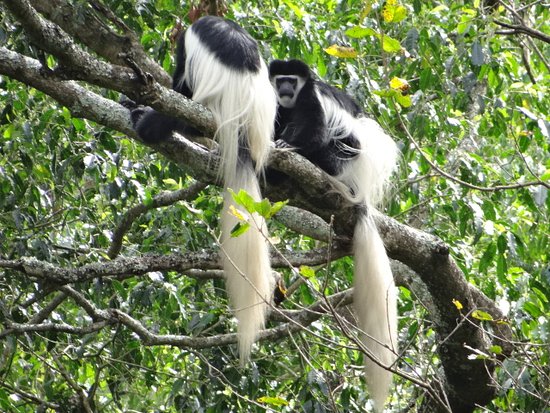
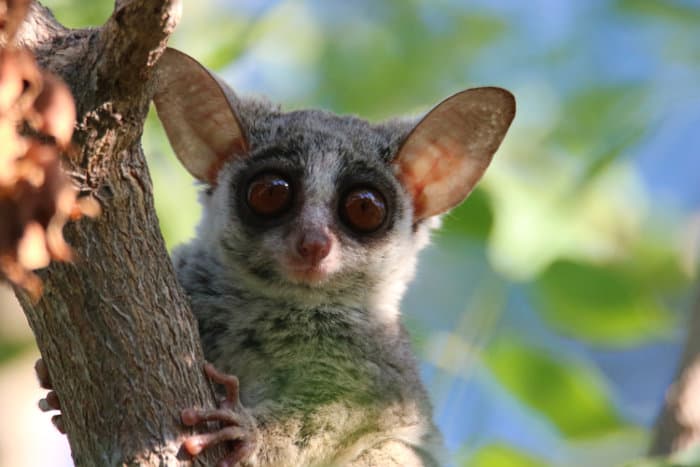
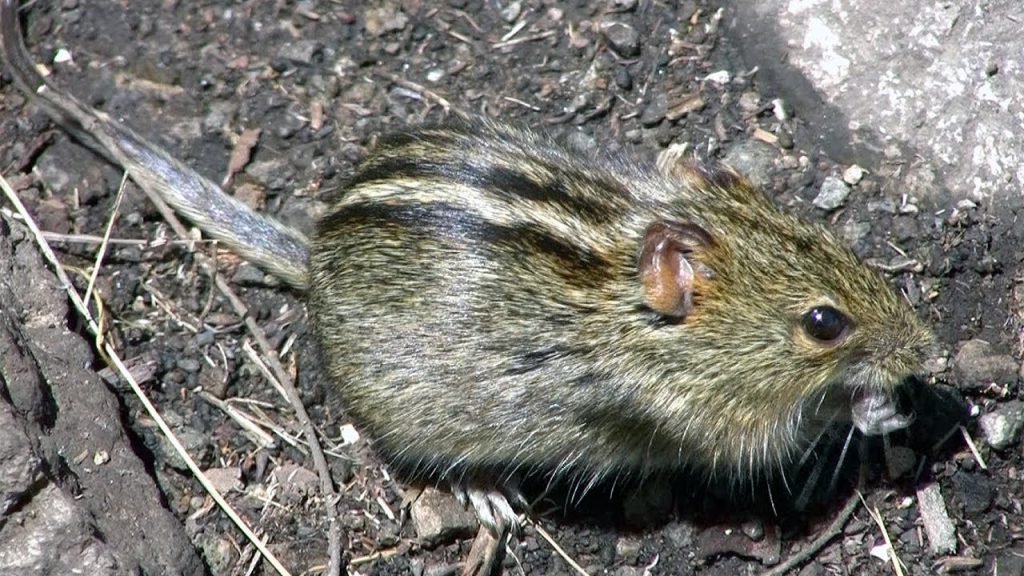
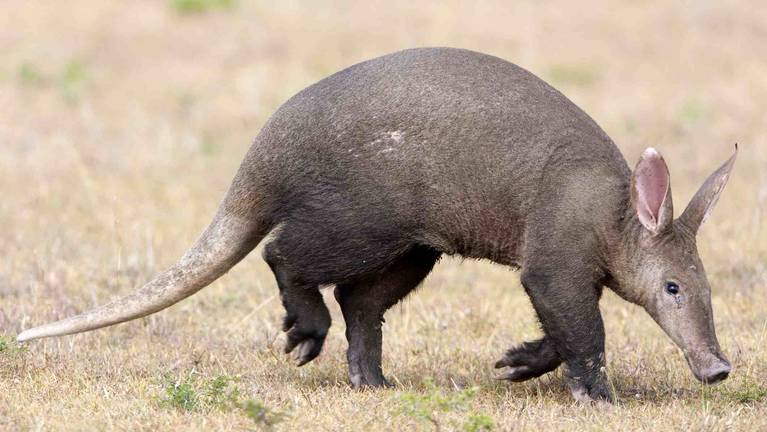
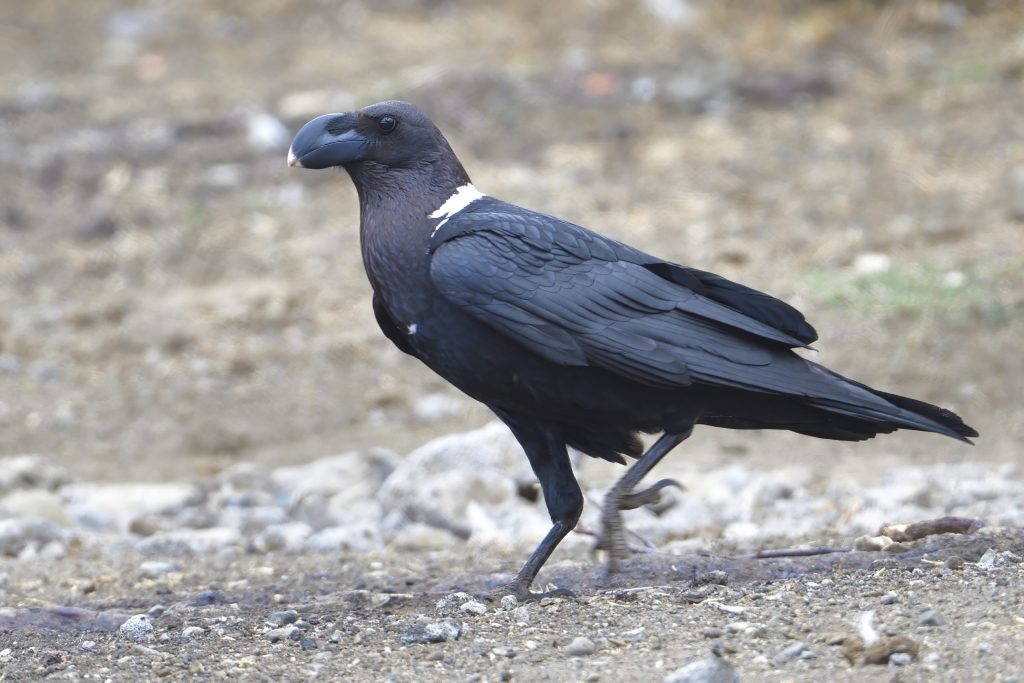
One of the best things about climbing Kilimanjaro is the wildlife you see that calls Tanzania home. Kilimanjaro National Park is not only a national park but also a wildlife reserve and a UNESCO World Heritage Site.
Since it’s over 1,688 square kilometers, you can be sure wildlife is abundant throughout the area.
However, as you climb further up the mountain, there is less wildlife because most animals cannot survive at the extreme temperatures at the summit.
During the first few days of your journey though, you will have a chance to see a variety of different wildlife. Here are the most animals you can spot, so make sure to keep on the lookout for them!
1. Colobus Monkey
This monkey is different from most other monkey species because rather than having thumbs, they have fingers that are shaped like hooks. While it might look weird, it’s better for them because they can swing around the different trees much easier.
Baby Colobus monkeys are all white, but the adult ones are black and white. They have beautiful fluffy tails that can be up to two feet long.
You will mostly see them in the rainforest zone and at the beginning of the climb where the trailheads are located.
2. Jackson’s Chameleon
These chameleons are native to many different countries in Africa and they change color in response to temperature, emotions, and humidity.
Like so many other types of big lizards, they can shoot their tongues out to catch insects and flies.
They can also move their eyes in different directions which allows them to look at many different things at once.
3. Bush Baby
Bush babies are nocturnal, so you will only have the chance to see them at night. While you might hear your guides and porters call them many different names, Bush Baby is the most common because their cries sound very similar to human babies.
At night, it’s common to hear them jumping from tree to tree. If you’re lucky, you might also see them catch moths and other insects right out of the air.
4. Blue Monkey
This monkey, like the Colobus Monkey, is most commonly found in the rainforest zone. If you decide to climb the Lemosho route, you will see many of them at Forest Camp.
The monkeys are not blue though, so don’t be on the lookout for blue monkeys! They are actually gray and sometimes have patches of white and black. Around the eyes, they usually have red or brown fur.
5. Four Striped Mouse
These mice are quite a bit larger than mice you might have seen around your home or property back home. Some people actually think they are chipmunks at first, especially if you don’t get an up-close view of them.
Since they like to eat scraps, they are usually around the campsites in the lower altitude regions foraging for food.
6. Serval Cats
While not as commonly known as lions and cheetahs, Serval Cats also live in Tanzania. They look like cheetahs but they are skinnier and smaller. They also have much bigger ears.
Serval Cats have the potential to be dangerous if they feel threatened, so it’s best to just leave them alone if you see them.
7. Aardvark
Found only in sub-Saharan Africa, Aardvarks are a fun animal to spot on your climb because they have an unusual appearance. Even though they are said to be descendants of elephants, they actually look more like pigs.
8. Duiker
A close cousin to antelopes, Duikers are fun to see especially when they are doing their famous leap into the bushes.
They only live in wooded areas so you can only spot them on some routes before you get into the colder zones of the mountain.
9. White Necked Raven
Although we stated a few times that most animals can only be seen at lower altitudes, the White Necked Raven is an exception. They are one of the only animals that can live at high altitudes and you will probably spot a few at the campsites before summit night.
They steal food though! Make sure to keep your snacks tightly in your bags and tents or you might find a few of these ravens eating up your favorite things.
10. Marsh Mongoose
This mongoose is pretty hard to spot so not every climber has the chance to see them. They enjoy swampy areas which are not common on every route.
They also are easily startled so you will probably only see them if you and your group are walking quietly along the trail.

